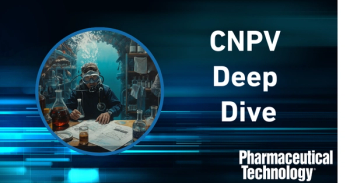
Robustness in Analytical Methods Outlined
Interphex2007, New York, NY (Apr. 26)-Robustness studies for analytical methods are critical in being able to provide the assurance to the quality of an analytical method, a topic addressed in a conference session, "Performing Analytical Method Validation Robustness for Regulatory Compliance," at Interphex on Thursday.
Interphex2007, New York, NY (Apr. 26)-Robustness studies for analytical methods are critical in being able to provide the assurance to the quality of an analytical method, a topic addressed in a conference session, “Performing Analytical Method Validation Robustness for Regulatory Compliance,” at Interphex on Thursday.
Robustness refers to a change of parameters and stress to test a particular analytical method. The importance of demonstrating robustness in a particular analytical method is to meet regulatory and manufacturing standards. “Failure to adequately demonstrate robustness can result in regulatory scrutiny,” said Ryan M. Doxey, scientist, analytical research and method development at Stiefel Laboratories, Inc. (Research Triangle, Park, NC,
While regulatory agencies such as the US Food and Drug Administration (Rockville, MD,
With that regulatory framework in place, Doxey explained that FDA expects robustness for quantitative tests for impurities content and assays tests and may expect robustness for limit tests for the control of impurities.
Robustness studies traditionally have been performed using a one-variable approach under which one parameter is varied, explained Doxey. “While such an approach is fast, the drawback is that it provides limited data.”
Multivariable testing is a newer approach to robustness studies, explained Ryan O’Neal, senior research scientist, analytical research and development at Stiefel. He provided several examples of the variables that can be changed and then examined for a particular analytical method. For high-performance liquid chromatography (HPLC), for example, the column, mobile phase, flow, column temperature, and injection volume may be altered to evaluate the robustness of the HPLC method. In dissolution, the dissolution media’s buffer strength, pH, delivery method, and degree of aeration are examples of parameters that can be altered to test for robustness as are the spindle speed, sampling method, and dosage delivery.
Newsletter
Get the essential updates shaping the future of pharma manufacturing and compliance—subscribe today to Pharmaceutical Technology and never miss a breakthrough.





